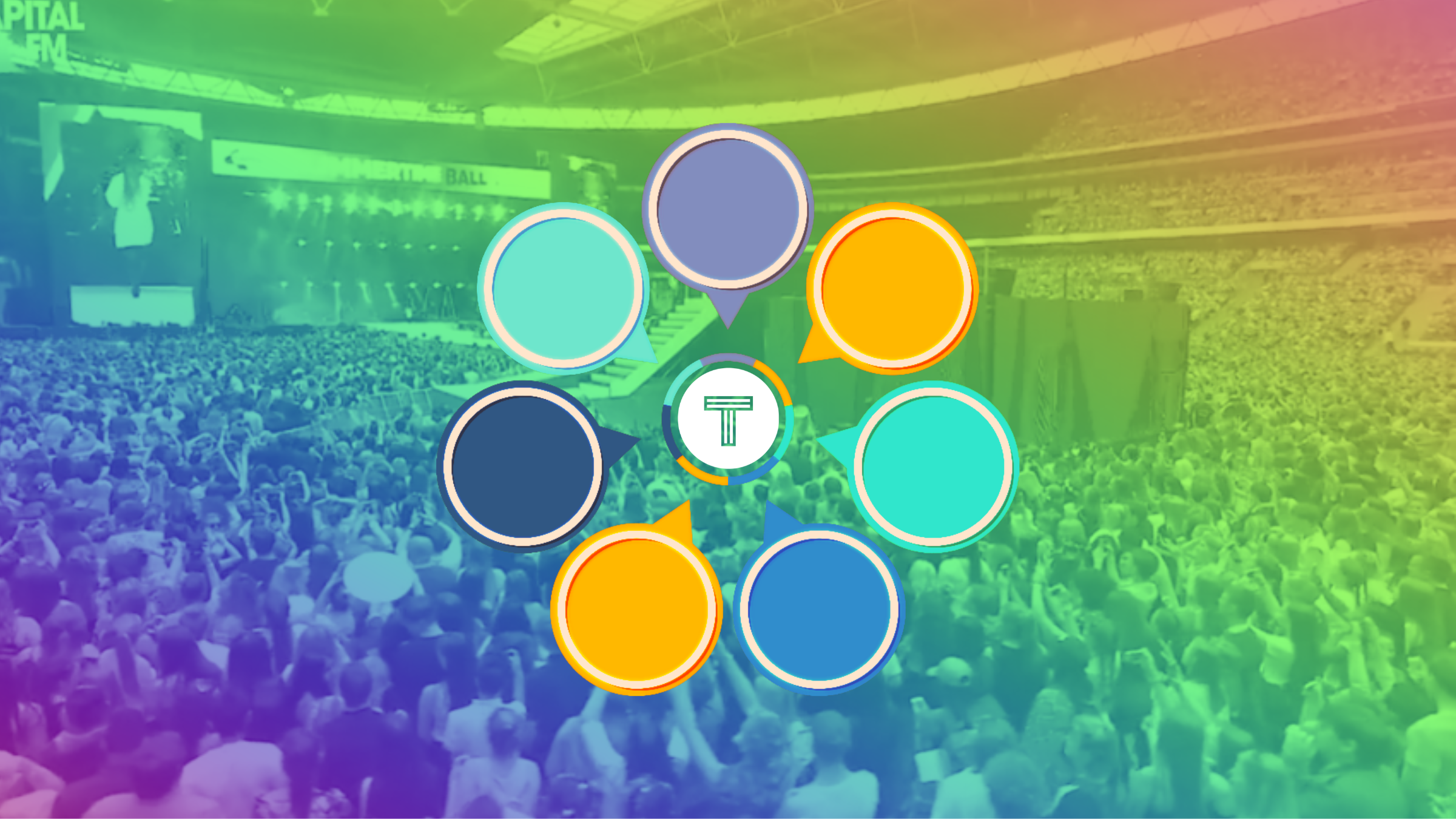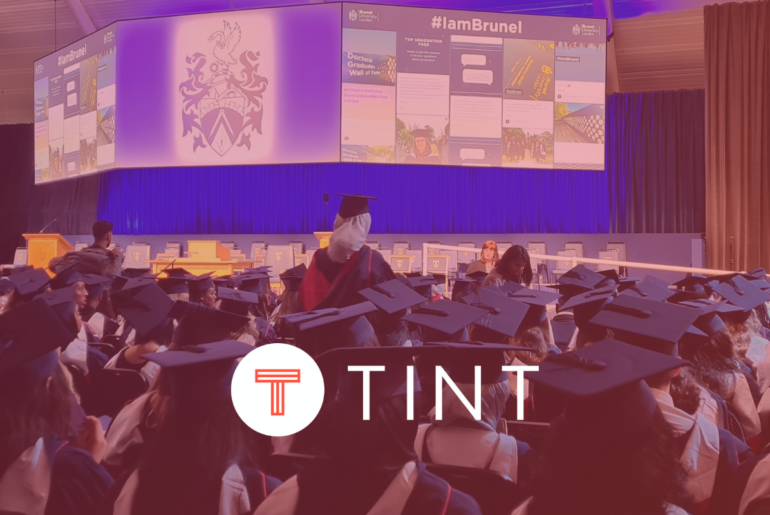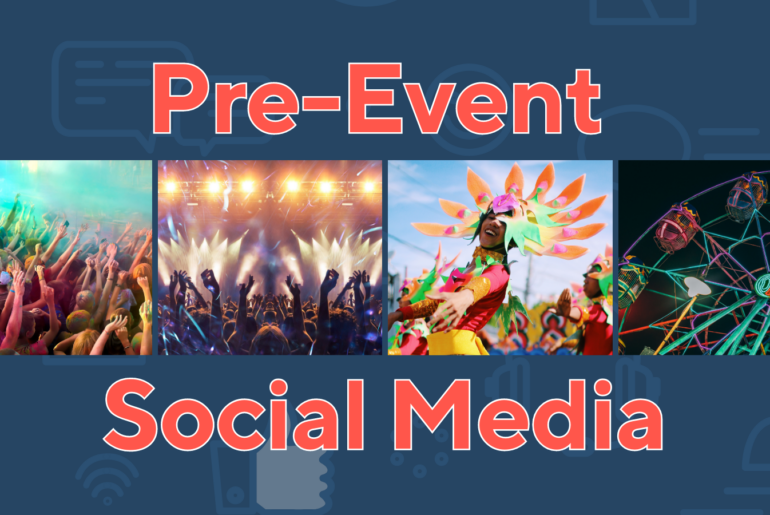As an event marketer, you know the struggle of creating compelling content for multiple channels to entice people to buy tickets, sponsor, volunteer, or participate in your event. Filling a content calendar with meaningful messaging that resonates with your audience can be challenging.
When it comes to content marketing for events, many marketers usually start with save-the-dates, press releases, guest announcements, and “buy now” posts. However, there are other types of content that you should be leveraging to drive ticket sales, increase online engagement, and grow your events. Let’s explore seven types of content that event marketers need to use to achieve their goals.
Ticket Types
As audiences diversify, events are increasingly adding new ways to participate. Some attendees seek specific experiences related to food, music, and art. Some attendees want to experience the community by connecting with local partners, shopping small businesses, and discovering local flavors. Others may seek knowledge, wanting to learn from and connect with content experts through classes, lectures, or other educational content.
Different ticket types, including exclusive VIP experiences, can drive participation and attract new audiences. Developing these experiences is only half the battle. Event professionals need to market them. Social media is a great place to do it.
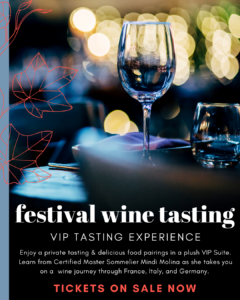
Create a social graphic for each ticket type at your event. Create posts for VIP experiences and every add-on, including items like food tickets and parking. Not only are you building awareness, but it also provides a consistent source of content that can be shared week after week. Ticket-type Thursday, or some similar posting tactic, sets an expectation with your audience to check in and see what new experiences are in the spotlight.
Not sure if a ticket type or VIP experience will work? Create a limited run and offer it as a social media-only promotion. Your followers will likely provide immediate feedback and offer perspective on your experiment.
TV and Radio Spots
Many events pay or trade to get TV and Radio spots. These 15- and 30-second bumps use amazing event footage to capture people’s attention. Whether made externally or produced in-house, they still require significant time and effort to create.
Be creative in how you use these spots. They can live in more places than just their intended medium.
TV spots can be reformatted to become TikTok or Instagram content. You could use the video as paid advertising on Facebook or Twitter. 15-30 seconds is an ideal social advertisement length.

Even radio spots can be repurposed and used. Overlaying radio audio on b-roll from an event can quickly turn audio content into a video ready for social media. Tools like descript can quickly add visualization to audio to create an eye-catching micro-video.
Maximize the mileage you get from any produced media by sharing it on social.
Ratings and Reviews
Almost every organization conducts a post-event survey. The information collected is invaluable to improving the quality of your event year after year. These responses can also provide useful content.
Social proof is one of the most potent forms of influence. 80% of consumers check ratings and reviews before making a purchase. Make their research easy by having ratings and reviews readily available. Testimonials should be on more than just the home page. Experiment with putting reviews on pages that are part of the ticket purchase process, particularly for high-value tickets or VIP experiences.
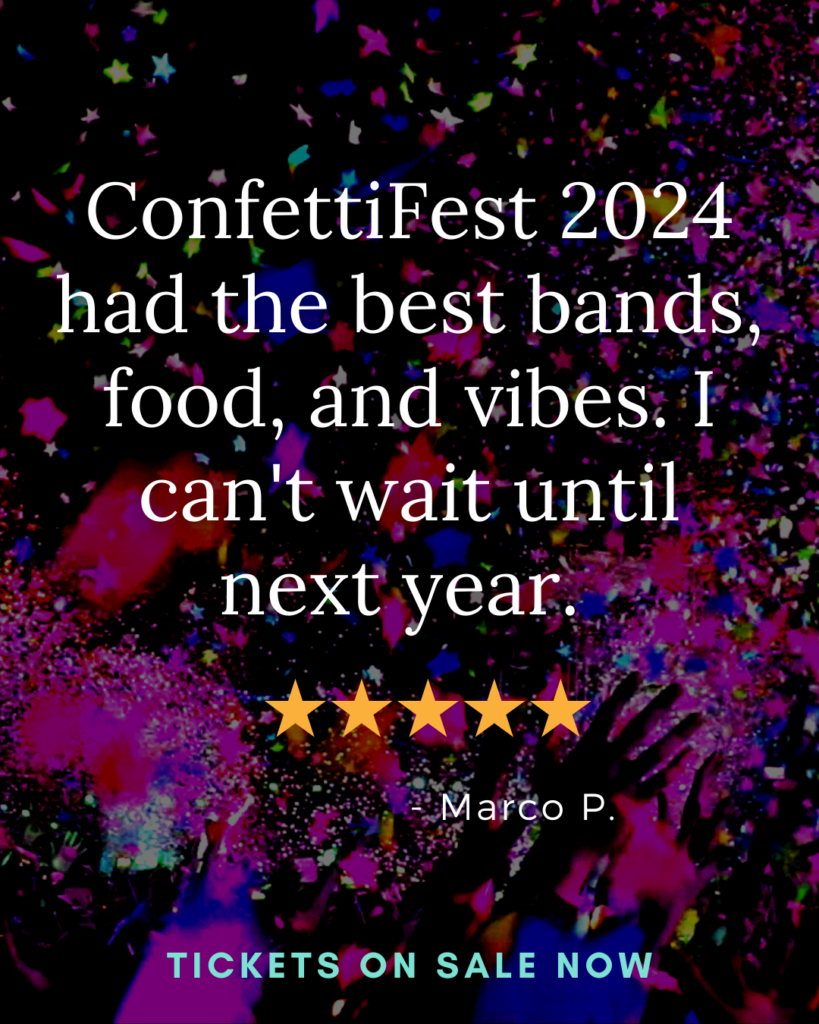
These ratings and reviews can also be converted into social content. Overlay a review on an event photo, and you quickly have an engaging social asset.
Be mindful of the source of the review. Third-party platforms like Google Reviews and TripAdvisor often have specific limitations on how reviews from their sites can be displayed. These review sites usually require a live web embed, which is impossible when moving digital reviews to static social or print media. Event-generated reviews from attendee surveys have fewer restrictions and are the best source for some marketing placements.
Wayfinding
It may seem odd to share wayfinding content when everyone has a GPS on their phone. But events often cause street closures, traffic jams, and general disruption to the usual way people move around a space. Multiple entrance locations, special parking situations, and separate entry processes for staff, vendors, and talent can further exacerbate this.
Review Google Maps and Apple Maps to see what is shown to attendees. Then create wayfinding content to help them get to the event.
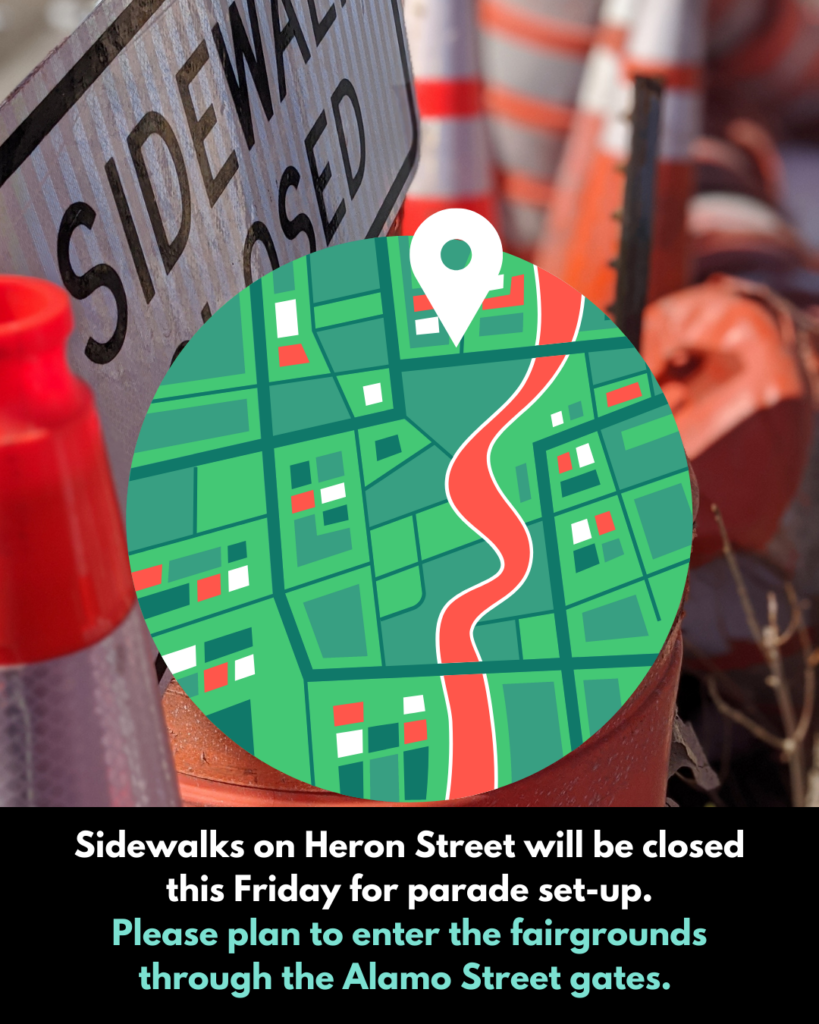
This is also an opportunity to work with community partners. If you have rideshare or public transit, they can provide content to encourage the usage of those services. Police or public works can help provide maps showing closures and recommendations for how traffic should flow. This can all be used as digital content.
Exhibitor and vendor spotlights
Events always have exhibitors, vendors, and service providers that help create the event experience. Spotlighting these individuals can help provide social content and encourages them to share it with their networks.
Make it easier by requiring vendors to submit product photos and social handles as part of their application to participate. Sharing this type of content will show the variety of exhibitors at the event. It also gives attendees an idea of what products, foods, and services will be available at the event.
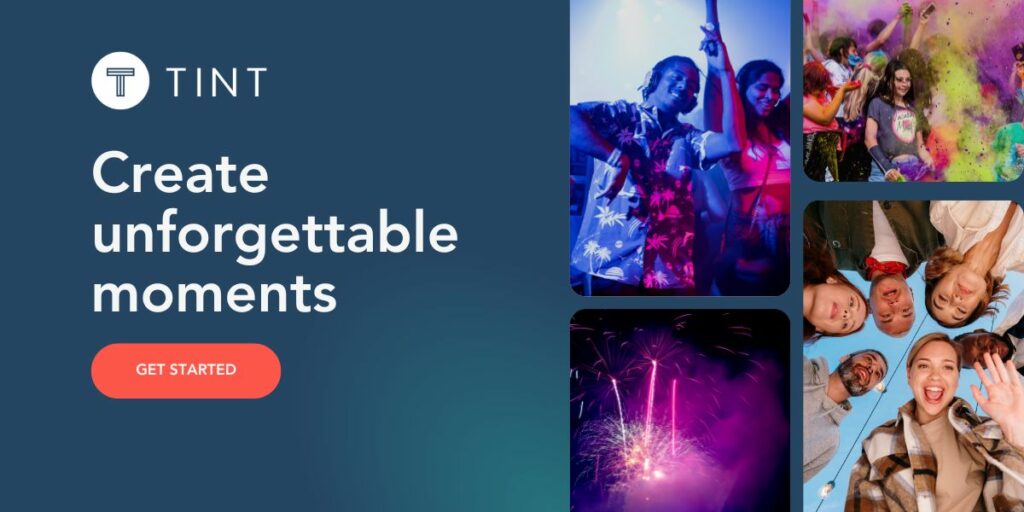 Be sure to tag a vendor’s social handles or preferred hashtags when posting their content. This will encourage them to reshare the post, allowing events to borrow reach from that vendor’s audience. A frequent cadence of vendor content provides consistent fodder for a social media calendar.
Be sure to tag a vendor’s social handles or preferred hashtags when posting their content. This will encourage them to reshare the post, allowing events to borrow reach from that vendor’s audience. A frequent cadence of vendor content provides consistent fodder for a social media calendar.
Volunteer & Staff Content
Event marketing and communications teams are always outnumbered by other event staff and volunteers. It takes an army of people to execute an event of any scale. Almost everyone has a smartphone, making every staffer or volunteer a possible content creator. The event team traverses the entire event, giving them opportunities to see unique perspectives or serendipitous moments… and capture them on camera.
Allow everyone to contribute their best photos or videos by creating multiple channels to submit content. Let contributors text, email, upload, or otherwise share as easily as possible. Hashtags and social handle mentions can be easy, but make sure to create submission methods available to people without specific social accounts or who are hesitant to use their personal social media.
Take it a step further and gamify it. Create a photo contest with prizes. Include a short training on how to submit content as part of the pre-event meeting or onboarding. Also, let the public know when someone on the team has shared a piece of content. People love their fifteen seconds of fame, and FOMO could drive additional staff participation.
UGC
One of the most valuable but least used types of content event marketers should use is user-generated content. UGC for events is going to come from attendees and community members. People love to take photos at events, giving them a natural advantage in content creation. Utilizing attendee-created content turns every person into a photographer, creating new opportunities to capture each special event moment.
People love posting photos of themselves at events without any sort of prompting. Make sure that event hashtags and handles are simple and highly visible. Implement a social listening process (whether manual or technology-enabled) to look for the best mentions, photos, videos, and feedback. Add selfie stations or other visual placemaking to encourage additional content creation.
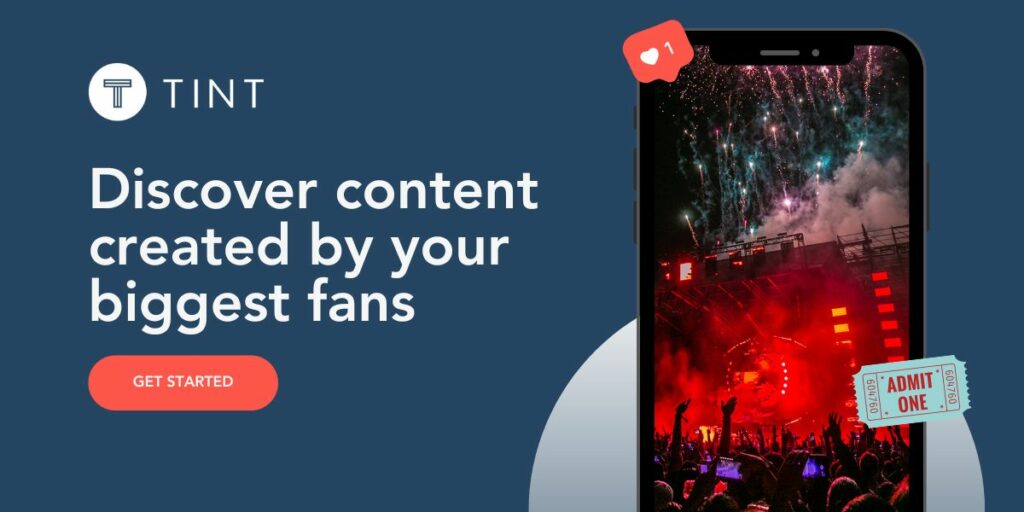 A popular way to gamify attendee content creation is through a scavenger hunt. Even the smallest events can start with a low-tech version using a paper guide, and events of all sizes can use hashtags, direct upload, and SMS to allow for a scalable digital version.
A popular way to gamify attendee content creation is through a scavenger hunt. Even the smallest events can start with a low-tech version using a paper guide, and events of all sizes can use hashtags, direct upload, and SMS to allow for a scalable digital version.
An attendee photo scavenger hunt supports content creation and can drive event participation. Add missions or stops to more remote parts of the event. This will encourage attendees to travel across entire venues to complete their hunt. This directed traffic is especially helpful if parts of the event are difficult to find or new additions that attendees do not widely know.
–
Excited people buy tickets. The key to building that excitement is showcasing all aspects of an event. The event industry is back in full force, and competition for attendee dollars is increasing. Effective marketing strategy and the intentional use of powerful, engaging content can be a competitive advantage that makes an event flourish. TINT works with events to discover, display, and use content at scale. Talk to a TINT event content expert to launch your new strategy today.

